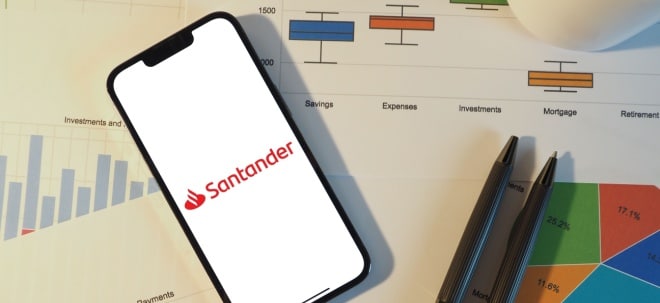Die Fed hat die Inflation NICHT ad acta gelegt, siehe # 3035.
Siehe außerdem hier die beiden fett gesetzten Absätze unten:
Market Features
Fed Bullish, Not Dovish
By Liz Rappaport
Markets Columnist
1/31/2007 4:44 PM EST
The Federal Open Market Committee's decision Wednesday to keep the overnight borrowing rate steady at 5.25% was no surprise. But the tone of the accompanying policy statement was a startling change of pace for the central bank, and a welcome relief for the financial markets.
The FOMC altered its depiction of the current economy to acknowledge both the strong growth that took shape in the fourth quarter of 2006 and lower inflation readings. The stock market rallied sharply when the statement was released and traders assessed it as less hawkish than expected...
Traders expected the FOMC statement to take a more hawkish tone given the stronger-than-expected growth in the fourth quarter and recent evidence of rising wage pressures. Earlier Wednesday, the government reported 3.5% fourth-quarter GDP growth despite a still-large drag from housing-market weakness.
Indeed, the Fed did get more hawkish when it comes to its take on growth, but its reductive language on the inflation threat was enough to give the bulls the upper hand and put rate-hike fears on the back burner ... at least until the next data point.
In the fed funds futures market, odds of a rate change of any kind are now nil into the fall, according to Miller Tabak. By year-end, odds are 65% the Fed will cut the fed funds rate at least 25 basis points.
As expected, the Fed decided to remove the word "substantial" to describe the housing market's cooling, even in the face of the weakest quarterly showing of residential investment since 1991.
The GDP report showed housing activity declined in the fourth quarter by 19.2%, from 18.8% in the third quarter. Housing's drag grew as well. After lopping off 1% to the third quarter's 2% growth rate, housing dragged fourth-quarter GDP down 1.2%. Boosting GDP was a 4.4% rise in consumer spending, a 3.7% increase in government spending, a 12% jump in defense spending and a 10% leap in exports.
The Fed acknowledged stronger overall economic growth. Previously, economic growth was depicted as "mixed."
The statement read: "Recent indicators have suggested somewhat firmer economic growth, and some tentative signs of stabilization have appeared in the housing market."
But the markets honed in on the Fed's assessment of inflation, taking it to mean the central bank is on permanent hold, says Brian Wesbury, chief economist at First Trust Advisors. The statement read: "Readings on core inflation have improved modestly in recent months, and inflation pressures seem likely to moderate over time."
The bond market staged a relief rally on the statement as well, but largely because the Fed assuaged bond traders' rate-hike fears. The 10-year note rose 14/32 to yield 4.81% -- falling back down through 4.85%, which was a key technical level the 10-year had broken above last week. The 30-year bond rallied 30/32 to yield 4.91%.
Treasuries have been weakening in price and rising in yield for the past two months as consumer spending, trade and employment growth keep rolling in to reveal a strong economy. But it would take higher inflation, or more sublime above-trend growth, to send bond yields to their next level, writes Tony Crescenzi, chief fixed-income strategist at Miller Tabak.
On inflation, it would be a mistake to believe the Fed has backed off in its vigilance. In saying "some inflation risks remain" and that "the high level of resource utilization has the potential to sustain inflation pressures," the Fed's depiction of inflation certainly doesn't stamp out its tightening bias.
"I would focus on the word 'modestly' as evidence that the Fed is not satisfied in the improvement on inflation, which in December was characterized as 'elevated,' " writes Crescenzi. "It stands to reason, then, that a modest improvement of anything that has been elevated is still largely elevated."
Also, core inflation, while moderating, has been running above the Fed's 1%-2% comfort zone for several months. Likewise, the risk premium on inflation-protected Treasury notes is creeping up, notes Randy Diamond, trader at Miller Tabak. Friday's payrolls report for January, which provides a read on average hourly earnings, will offer more insight into wage inflation.
Ultimately, the sum of the statement's message reminds investors of something Ben Bernanke has been trying to communicate for months: The Fed shapes its monetary policy more on the basis of inflation's trends than growth trends. On Wednesday, both were moving to the market's liking. |


 Thread abonnieren
Thread abonnieren


